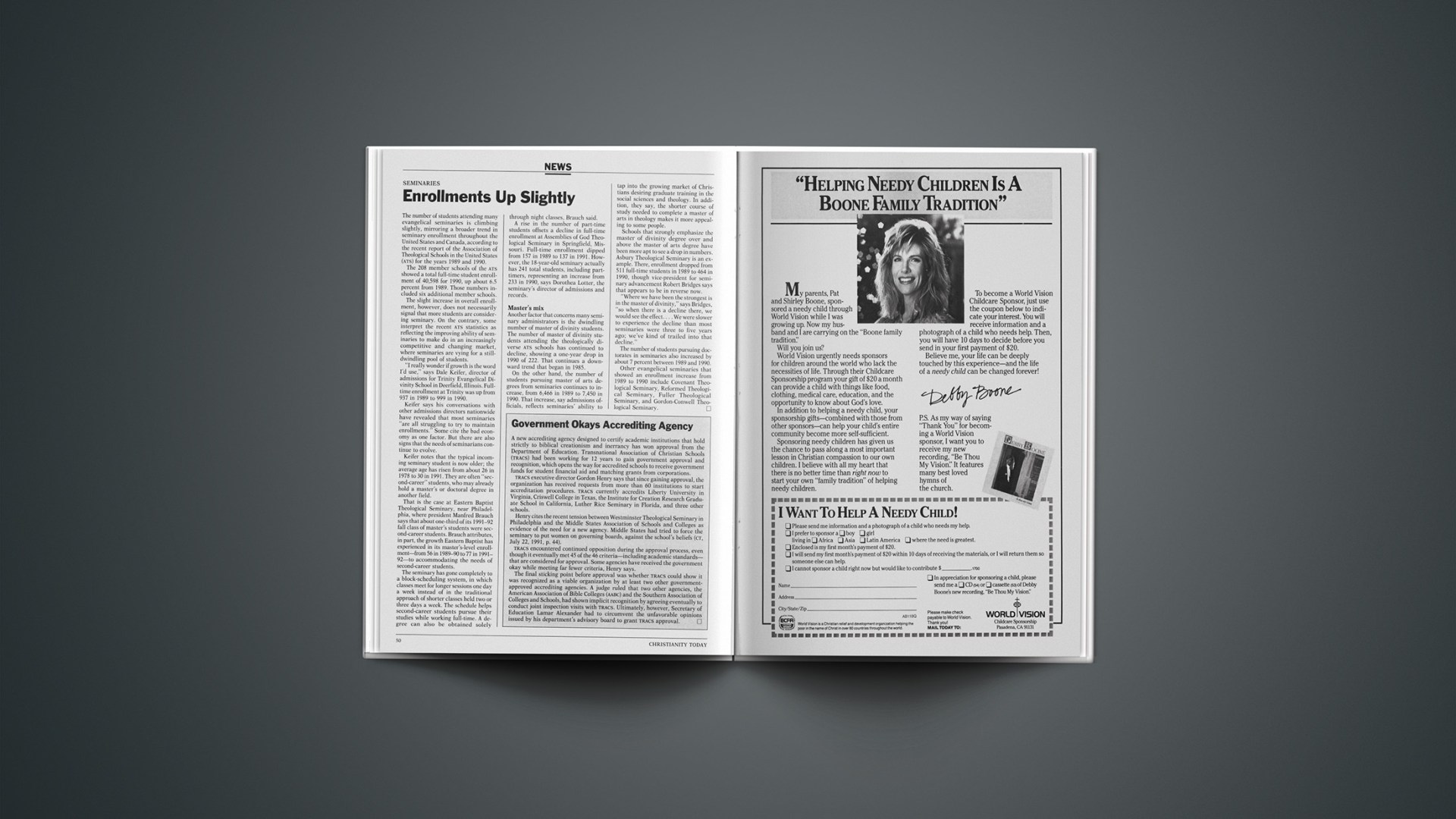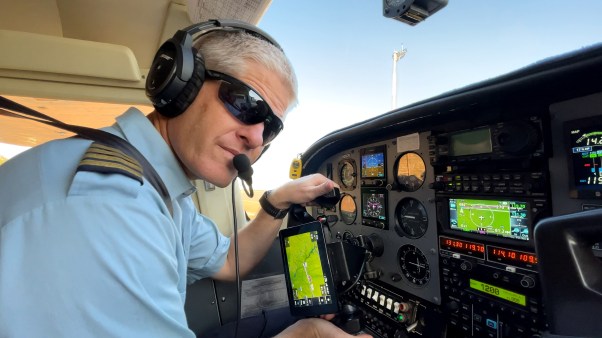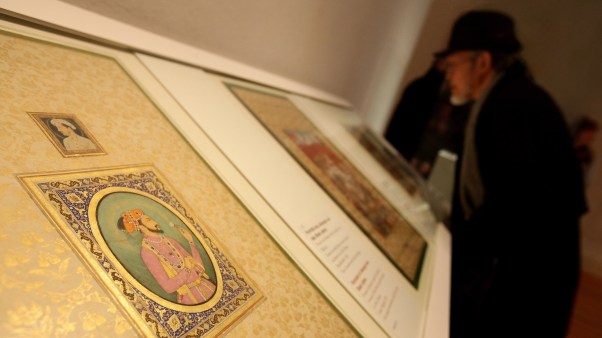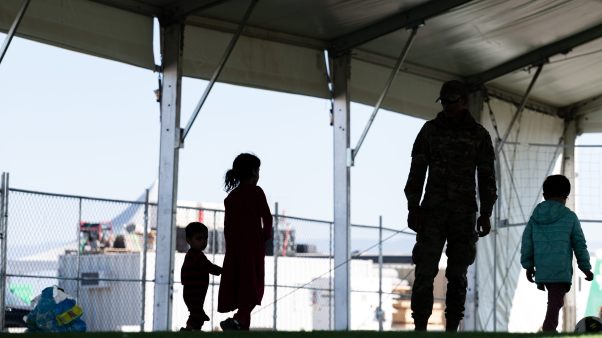The number of students attending many evangelical seminaries is climbing slightly, mirroring a broader trend in seminary enrollment throughout the United States and Canada, according to the recent report of the Association of Theological Schools in the United States (ATS) for the years 1989 and 1990.
The 208 member schools of the ATS showed a total full-time student enrollment of 40,598 for 1990, up about 6.5 percent from 1989. Those numbers included six additional member schools.
The slight increase in overall enrollment, however, does not necessarily signal that more students are considering seminary. On the contrary, some interpret the recent ATS statistics as reflecting the improving ability of seminaries to make do in an increasingly competitive and changing market, where seminaries are vying for a still-dwindling pool of students.
“I really wonder if growth is the word I’d use,” says Dale Keifer, director of admissions for Trinity Evangelical Divinity School in Deerfield, Illinois. Full-time enrollment at Trinity was up from 937 in 1989 to 999 in 1990.
Keifer says his conversations with other admissions directors nationwide have revealed that most seminaries “are all struggling to try to maintain enrollments.” Some cite the bad economy as one factor. But there are also signs that the needs of seminarians continue to evolve.
Keifer notes that the typical incoming seminary student is now older; the average age has risen from about 26 in 1978 to 30 in 1991. They are often “second-career” students, who may already hold a master’s or doctoral degree in another field.
That is the case at Eastern Baptist Theological Seminary, near Philadelphia, where president Manfred Brauch says that about one-third of its 1991–92 fall class of master’s students were second-career students. Brauch attributes, in part, the growth Eastern Baptist has experienced in its master’s-level enrollment—from 56 in 1989–90 to 77 in 1991–92—to accommodating the needs of second-career students.
The seminary has gone completely to a block-scheduling system, in which classes meet for longer sessions one day a week instead of in the traditional approach of shorter classes held two or three days a week. The schedule helps second-career students pursue their studies while working full-time. A degree can also be obtained solely through night classes, Brauch said.
A rise in the number of part-time students offsets a decline in full-time enrollment at Assemblies of God Theological Seminary in Springfield, Missouri. Full-time enrollment dipped from 157 in 1989 to 137 in 1991. However, the 18-year-old seminary actually has 241 total students, including part-timers, representing an increase from 233 in 1990, says Dorothea Lotter, the seminary’s director of admissions and records.
Master’S Mix
Another factor that concerns many seminary administrators is the dwindling number of master of divinity students. The number of master of divinity students attending the theologically diverse ATS schools has continued to decline, showing a one-year drop in 1990 of 222. That continues a downward trend that began in 1985.
On the other hand, the number of students pursuing master of arts degrees from seminaries continues to increase, from 6,466 in 1989 to 7,450 in 1990. That increase, say admissions officials, reflects seminaries’ ability to tap into the growing market of Christians desiring graduate training in the social sciences and theology. In addition, they say, the shorter course of study needed to complete a master of arts in theology makes it more appealing to some people.
Schools that strongly emphasize the master of divinity degree over and above the master of arts degree have been more apt to see a drop in numbers. Asbury Theological Seminary is an example. There, enrollment dropped from 511 full-time students in 1989 to 464 in 1990, though vice-president for seminary advancement Robert Bridges says that appears to be in reverse now.
“Where we have been the strongest is in the master of divinity,” says Bridges, “so when there is a decline there, we would see the effect.… We were slower to experience the decline than most seminaries were three to five years ago; we’ve kind of trailed into that decline.”
The number of students pursuing doctorates in seminaries also increased by about 7 percent between 1989 and 1990.
Other evangelical seminaries that showed an enrollment increase from 1989 to 1990 include Covenant Theological Seminary, Reformed Theological Seminary, Fuller Theological Seminary, and Gordon-Conwell Theological Seminary.
Government Okays Accrediting Agency
A new accrediting agency designed to certify academic institutions that hold strictly to biblical creationism and inerrancy has won approval from the Department of Education. Transnational Association of Christian Schools (TRACS) had been working for 12 years to gain government approval and recognition, which opens the way for accredited schools to receive government funds for student financial aid and matching grants from corporations.
TRACS executive director Gordon Henry says that since gaining approval, the organization has received requests from more than 60 institutions to start accreditation procedures. TRACS currently accredits Liberty University in Virginia, Criswell College in Texas, the Institute for Creation Research Graduate School in California, Luther Rice Seminary in Florida, and three other schools.
Henry cites the recent tension between Westminster Theological Seminary in Philadelphia and the Middle States Association of Schools and Colleges as evidence of the need for a new agency. Middle States had tried to force the seminary to put women on governing boards, against the school’s beliefs (CT July 22, 1991, p. 44).
TRACS encountered continued opposition during the approval process, even though it eventually met 45 of the 46 criteria—including academic standards—that are considered for approval. Some agencies have received the government okay while meeting far fewer criteria, Henry says.
The final sticking point before approval was whether TRACS could show it was recognized as a viable organization by at least two other government-approved accrediting agencies. A judge ruled that two other agencies, the American Association of Bible Colleges (AABC) and the Southern Association of Colleges and Schools, had shown implicit recognition by agreeing eventually to conduct joint inspection visits with TRACS. Ultimately, however, Secretary of Education Lamar Alexander had to circumvent the unfavorable opinions issued by his department’s advisory board to grant TRACS approval.










